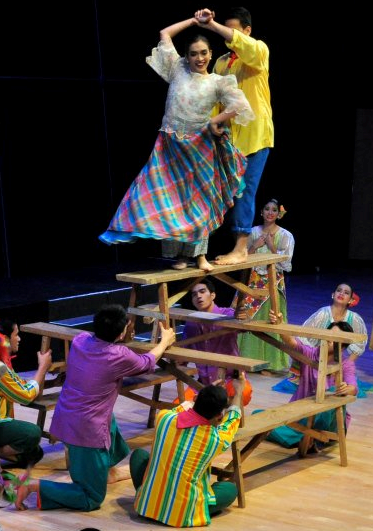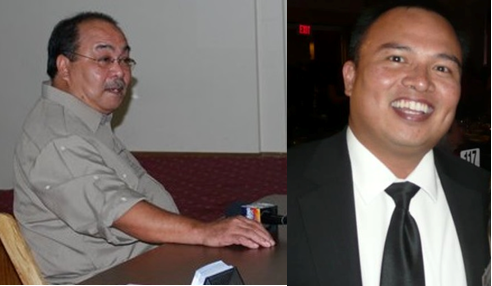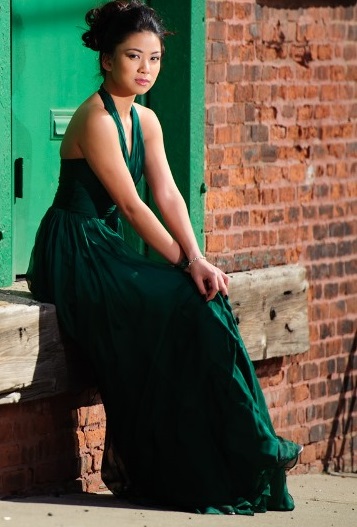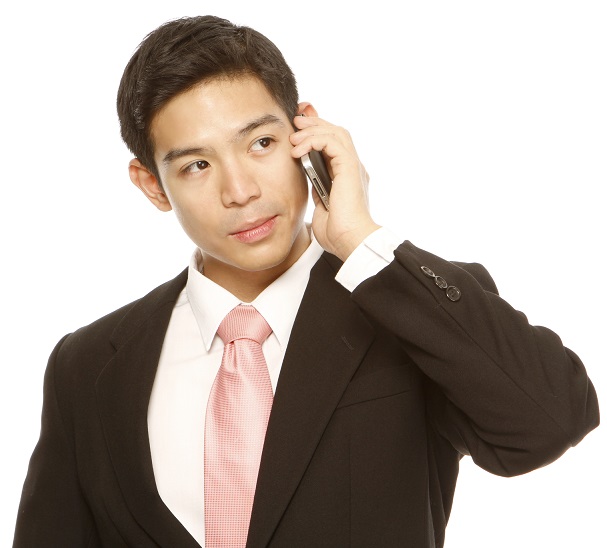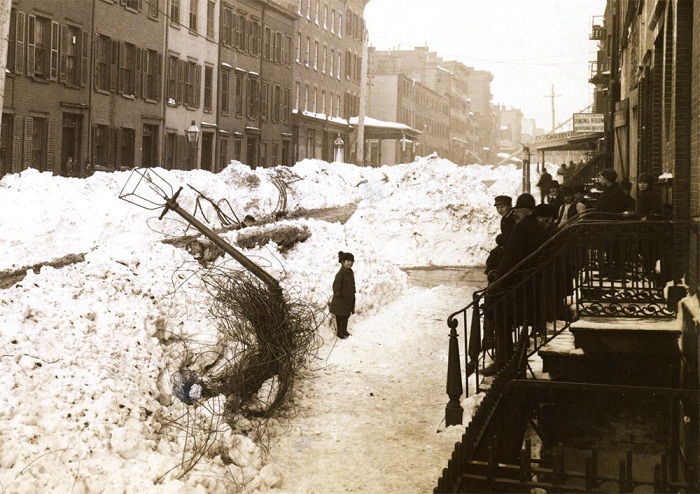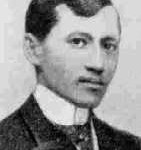Jose Rizal in New York after the Blizzard of 1888
By Nestor EnriquezOne of the most famous snowstorms in American history was the Blizzard of 1888. It has acquired an almost legendary status.
The blizzard cancelled Mark Twain’s speaking engagement in the city, and got the humorist worried about running out of cigars and not being able to come home to Connecticut. Rizal arrived in Manhattan just a couple of months later.
The Cuban hero José Martí witnessed the blizzard and rendered it in the language of Cervantes, describing New York as ”a city silent, deserted, buried under the snow,” but also paying tribute to the courage and ingenuity of New Yorkers in coping with the great disaster. Whereas The New York Times predicted, ‘‘If New York recovers within a week, it may consider itself in good luck.” Martí was more optimistic: “For two days, the snow has had New York in its power, encircled, terrified, like a prize fighter driven to the canvas by a sneak punch. But the moment the attack of the enemy slackened, as soon as the blizzard spent its first fury, New York, like the victim of an outrage, goes about freeing itself of its shroud.”
Theodore Roosevelt, who lived in the East 60s, trudged through the blizzard to keep an appointment with the librarian of the New York Historical Society, which was then on East 11th Street. When he arrived, he learned that the librarian, less hardy, had not shown up. Roosevelt then fired off a laconic note: ”I presume the blizzard kept you at home.” The note is part of the NY Historical Society display.
This scene places in New York City key players in history: Teddy Roosevelt, Martí and Rizal — gifted writers and members of the Mason brotherhood. José Martí was derided for never participating in combat, and that may have compelled him to that ill-fated suicidal two-man charge. Some of his “Versos sencillos” bore premonition: “Que no me entierren en lo oscuro/ A morir como un traidor/ Yo soy bueno y comobueno/ Moriré de cara al sol.” (“May they not bury me in darkness / to die like a traitor / I am good, and as a good man / I will die facing the sun.”). This was in 1895, on his first and only combat in Cuba after he left New York City.Manhattan became the haven of bohemian underground revolution against Spain under the silent American blessing. However, Martí warned that changing masters is not the path to independence. Rizal, the other José, took another route, denying violent means and sailing to Europe on his way to writing his second political novel, “El Filibusterismo.” He would be executed and shot just the same on December 30, eight years later after the blizzard, but not before he wrote his Ultimo Adios, his last gift.
The Philippine American war would just follow the Splendid Little War produced by Roosevelt with Mark Twain on the sideline cracking the only way he knew — with his pen — cigar in his mouth. Andrew Carnegie opposed the annexation of the Philippines by the United States. He believed that the Filipinos were willing to fight for their independence. He urged McKinley to withdraw American troops and allow the Filipinos to live in a democracy. He soon got elected the vice president of the Anti-imperialist League. He offered $20 million to the Philippines so they could buy their independence, the amount paid to Spain in the Treaty of Paris. Mark Twain and Carnegie were Mason brothers.
Martí, Roosevelt, McKinley, and Rizal were all in New York City in 1888. Carnegie was planning the construction of a hall named after him and paid for by the famous immigrant-philanthropist in 1890. They were the major players in beginning of the American empire.
Nestor Enriquez is the president of the Filipino American National Historical Society-New Jersey. This essay is his “lame historical excuse” for not showing up for the 2011 TOFA-NY event in October where FANHS-NJ won a Heritage Award. He said, “I am not a brave soul like Teddy Roosevelt.”


